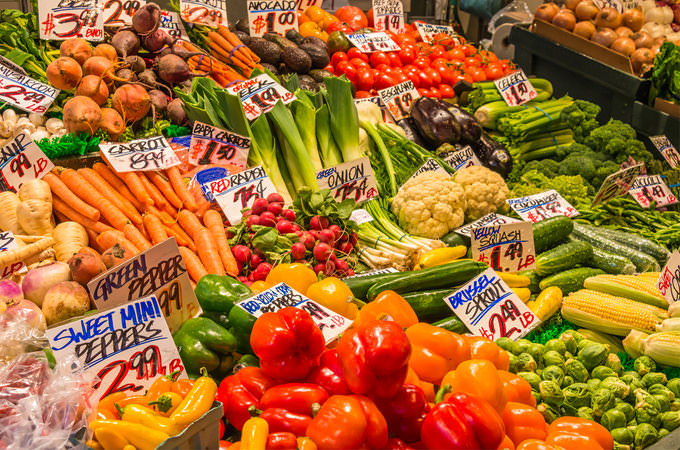
In a modern world breakfast has become a quick snack, lunch is something to deceive the hunger and dinner, well dinner is an indulgence.
Nutritionists are perpetually reminding us about healthier eating habits and how we need to prepare the meals ourselves.
In many a developed countries grocery shoppers are used to seeing food prices go up and down, usually up, and for some people it’s just a change in numbers beneath a product, but our trips to the grocery store are constantly becoming more expensive and the wallets are rapidly getting thinner.
According to the World Bank, food prices have risen by 83 percent over the last three years and are likely to rise even more. Governments have imposed tariffs and trade restrictions in an attempt to stabilize prices.
In parts of Asia and Africa, food costs are already leading to social unrest. Global organizations like the World Bank and the United Nations World Food Programme are trying to ease the suffering as much as they can, but all to no avail. This begs the question: why are food prices rising so rapidly?
Economists blame the growing biofuel market, experts are mentioning other factors such as global weather patterns, or simply a vast change in nutrition habits altogether. The answer is probably a little bit of all, but biofuel production and trade seem to be main culprits why the demand is outstripping the supply.
Biofuel technology involves producing fuel from renewable, biological sources such as corn, soybeans, sugar, rice and potatoes, instead of non-reusable fossil fuels. The two main types of biofuel are ethanol and biodiesel.

Independence from foreign oil companies and renewable alternative to gas sound like a plan, right? We thought so but with ethanol research getting more attention, corn and other crops are being used in that field instead of ending up in someone’s belly, consequently driving up the price of the product.
Also there is more consumption – less production situation. It can always be boiled down to the simple principle of supply and demand. Experts are reminding us of countless hungry mouths in the world to whom we are continuously turning or blind eye.
The impact of these changes varies and depends on the perspective. Commercial producers will benefit directly from higher food prices, whereas livestock producers will be squeezed by higher feed and energy cost, as well as relatively flat prices. To date, most developing countries have been able to absorb the balance of payments impact.
Higher export earnings or inflows of capital and transfers helped finance the higher commodity imports. The overall effect of the commodity price hike on the terms of trade has varied widely across countries. In about half the countries of sub-Saharan Africa, the negative impact has been offset by rising food and fuel export prices.
In a nutshell, the situation is not good and the conditions are degrading. Until some real-life Dr. Emmet Brown or “Doc” from “Back To The Future” appears and provides us the means to go back and change our lifestyle from its core, we need to look for some other options to improve our economy. In the meantime, we better get used to watching the food prices skyrocket.

